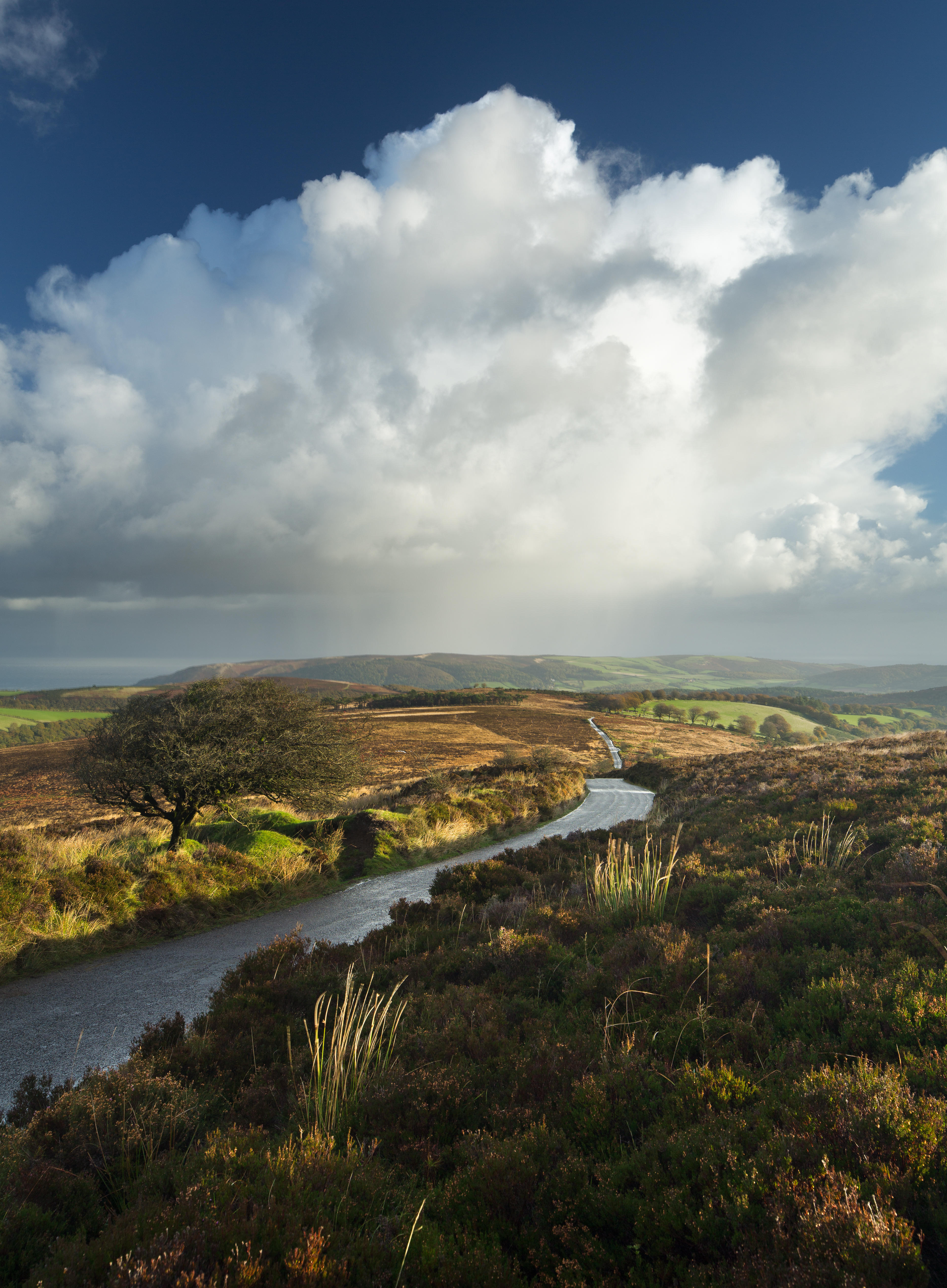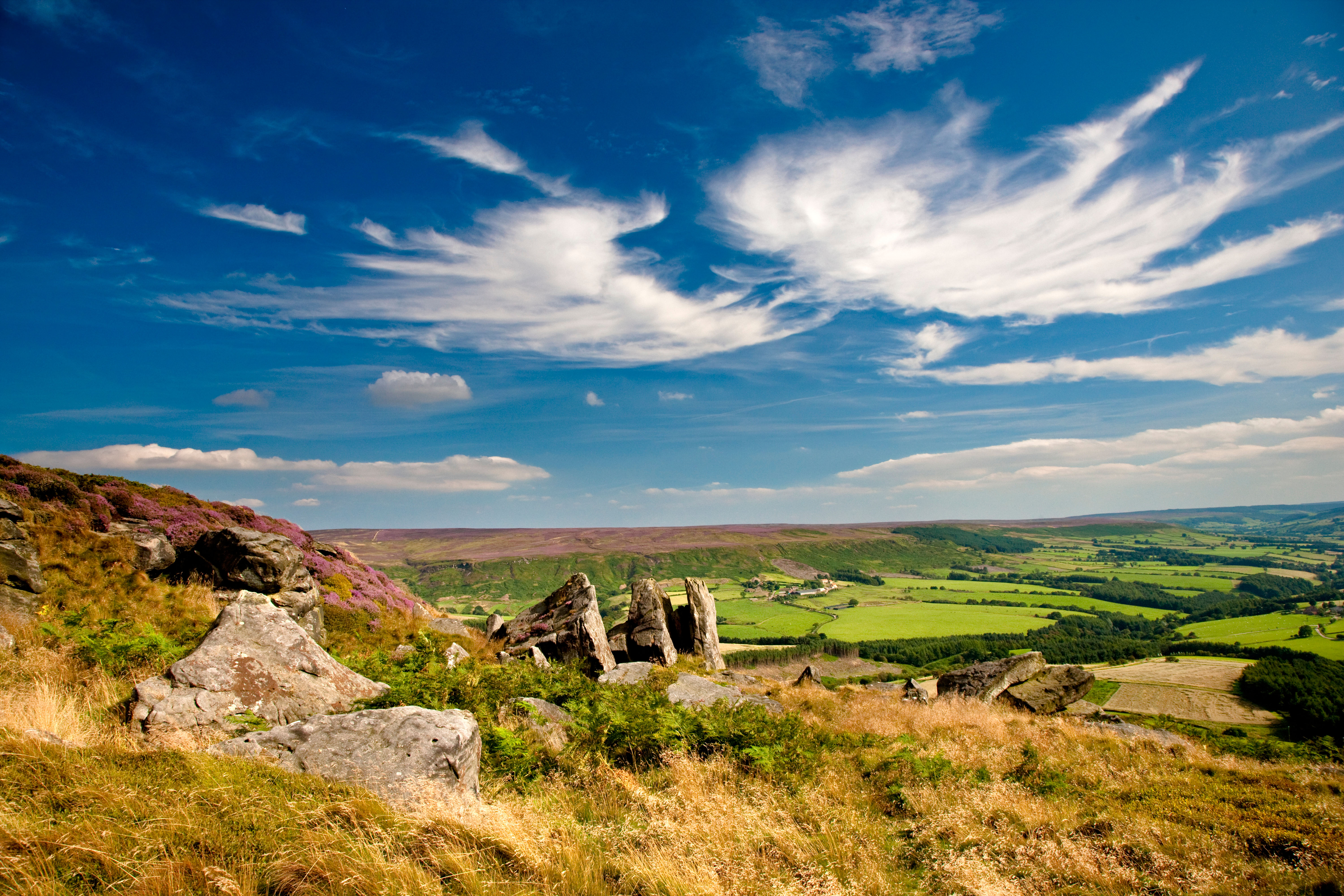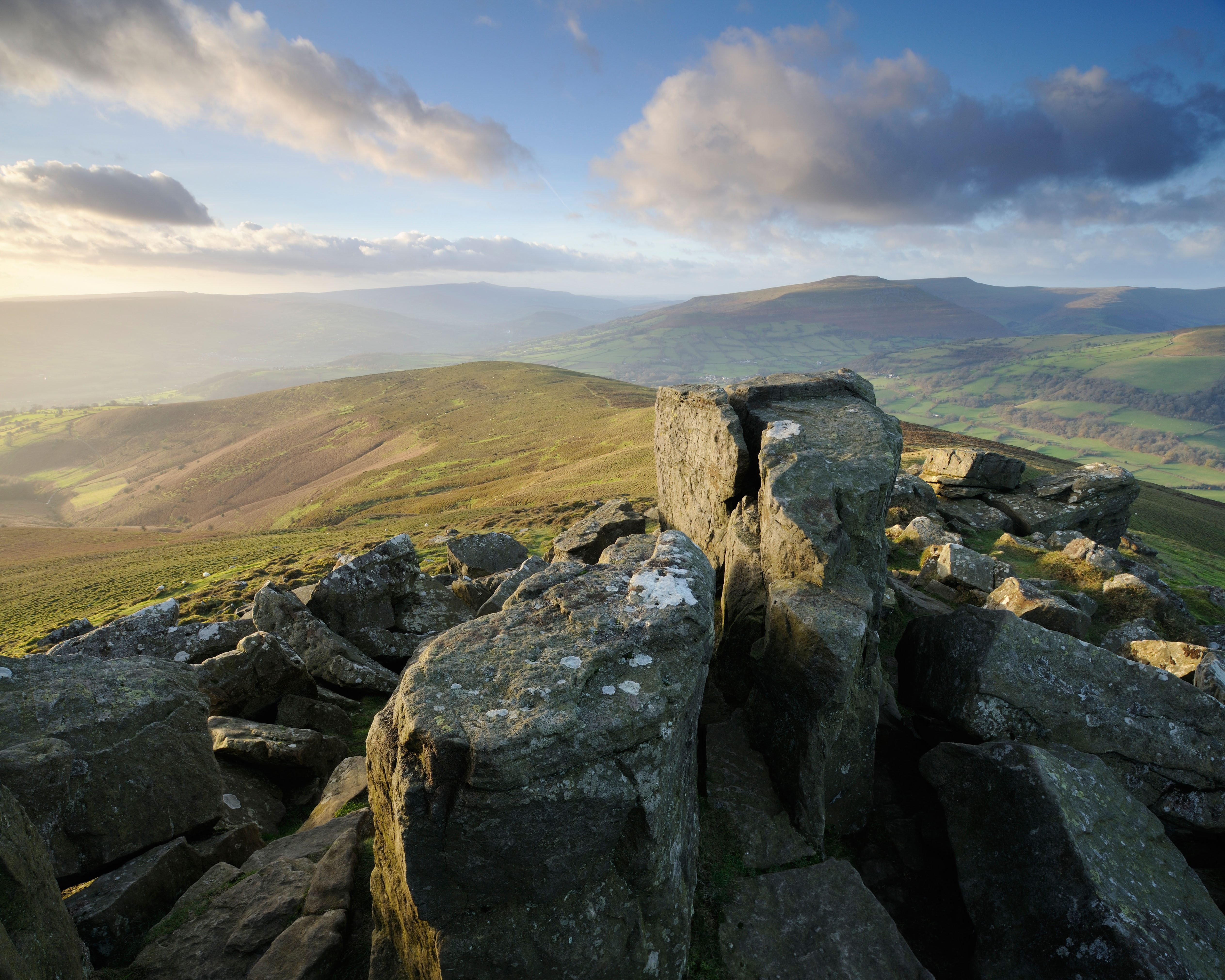The 'massive overhaul' needed in National Parks and AONBs to rejuvenate our living, breathing, farming landscape
Seventy years on from the National Parks Act 1949, the Landscapes Review has called for sweeping changes in how our treasured green spaces are managed.


2.3 million people live within a National Park or Area of Outstanding Natural Beauty (AONB). These areas generate £20 billion for the rural economy, receive 90 million visitors every year and support 75,000 jobs. No surprise to see, therefore, that there has been huge interest in the independent report published last week which calls for a massive overhaul of how National Parks and AONBs are run.
The Landscapes Review was commissioned by Michael Gove while he was still environment secretary, and the finished article — produced by journalist and farmer Julian Glover — claims that the way England’s 10 National Parks and 34 AONBs are organised is ‘fragmented’ and ‘not really a system at all’, with the latter poorly funded.
Its core recommendation is that these 44 areas, which make up a quarter of the country’s landmass, should be brought together under one efficient National Landscapes Service, while retaining local autonomy.
Criticism is also levelled at the lack of diversity in both individual boards and visitors. The report believes the ‘cumbersome’ acronym AONB should be replaced with ‘National Landscape’. ‘Most people don’t even know they exist,’ laments Jake Fiennes, report adviser and conservation manager on the Holkham estate in Norfolk.
Interestingly, at a time when 25% of us experience a mental-health problem every year, the report cites the enhancement of the nation’s wellbeing as its underlying motive. Mr Glover also wants to enhance Nature, while working with knowledgeable farmers and conservation groups — which CLA president Tim Breitmeyer agrees is ‘vital’ — and says that the new Environmental Land Management Scheme (which will gradually replace the staggered exit of the Basic Payment Scheme) would have ‘a bigger effect on our national landscapes than anything else being planned by the Government’.
'Our landscape and villages are one of the emblems of England... And, above all, it’s a living, breathing, farming landscape.’
However, he points out that climate change, biodiversity loss and an evolving society mean that strategy needs to move with the times, in some cases backed by law. Some 1,000 new rangers should be employed and every child should enjoy ‘a night under the stars’.
Volunteers must be encouraged, signage improved, funding increased (via more innovative means), sustainable tourism prioritised, affordable homes promoted and public transport improved (as it has been in the Lake District).
Exquisite houses, the beauty of Nature, and how to get the most from your life, straight to your inbox.
Mr Glover recommends that the Chilterns, Cotswolds and the combined East Devon and Dorset AONBs be upgraded to National Park status, and that a new National Forest could include Sherwood Forest.
Regarding designation, Natural England chair Tony Juniper’s thoughts are in line with Mr Glover’s, but he explains that his own organisation has ‘taken steps to streamline the system, in the context of budget difficulties that lead us to do far less than we would like’.
Despite the complicating fact that the Cotswolds AONB covers six counties, its conservation board has long coveted National Park status. ‘Our landscape and villages are one of the emblems of England,’ explains director Martin Lane. ‘And, above all, it’s a living, breathing, farming landscape.’
Defra now must work through the 168-page report and decide a course of action. ‘We are committed to ensuring [these landscapes] flourish as havens for Nature and sites that everyone goes to visit,’ promises new Defra Secretary Theresa Villiers, who admires Mr Glover’s ‘spirit of ambition, which is in line with our 25 Year Environment Plan’.

Why Scotland needs more national parks – and why we’ll all gain if it gets them
Fiona Reynolds laments the lack of national parks in Scotland, and explains why the creation of new ones would benefit

Country Life's guide to England's 10 breakthtaking national parks
One year on from Michael Gove's consultation on our nation's national parks, we round up the reasons to visit the

Country Life Today: Why miles and miles of one of our National Parks was turned over to a group of teenagers
Annunciata is director of contemporary art gallery TIN MAN ART and an award-winning journalist specialising in art, culture and property. Previously, she was Country Life’s News & Property Editor. Before that, she worked at The Sunday Times Travel Magazine, researched for a historical biographer and co-founded a literary, art and music festival in Oxfordshire. Lancashire-born, she lives in Hampshire with a husband, two daughters and a mischievous pug.
-
 Suit yourself: I’m a 49 year-old man-about-town and I’ve never owned a suit
Suit yourself: I’m a 49 year-old man-about-town and I’ve never owned a suitWhen Hugh Smithson-Wright turned up to Country Life's annual Gentleman's Life party sans suit, it sparked a passionate conversation about why the formal fashion just isn't for everyone.
-
 'The ugliness and craziness is a part of its charm': The Country Life guide to Bangkok
'The ugliness and craziness is a part of its charm': The Country Life guide to BangkokWhere to stay, where to eat and what to do in the Thai capital.
